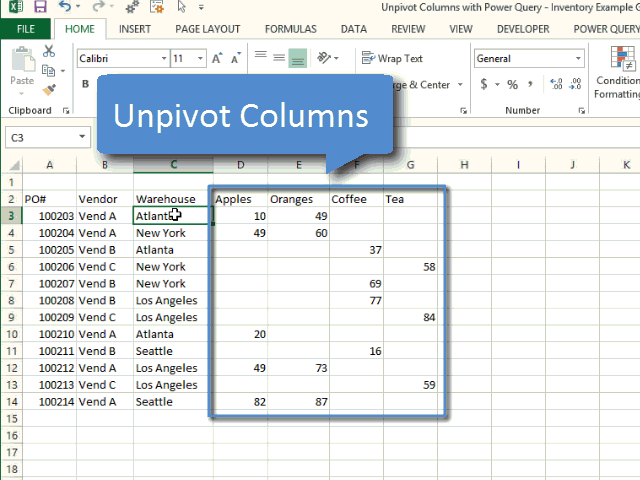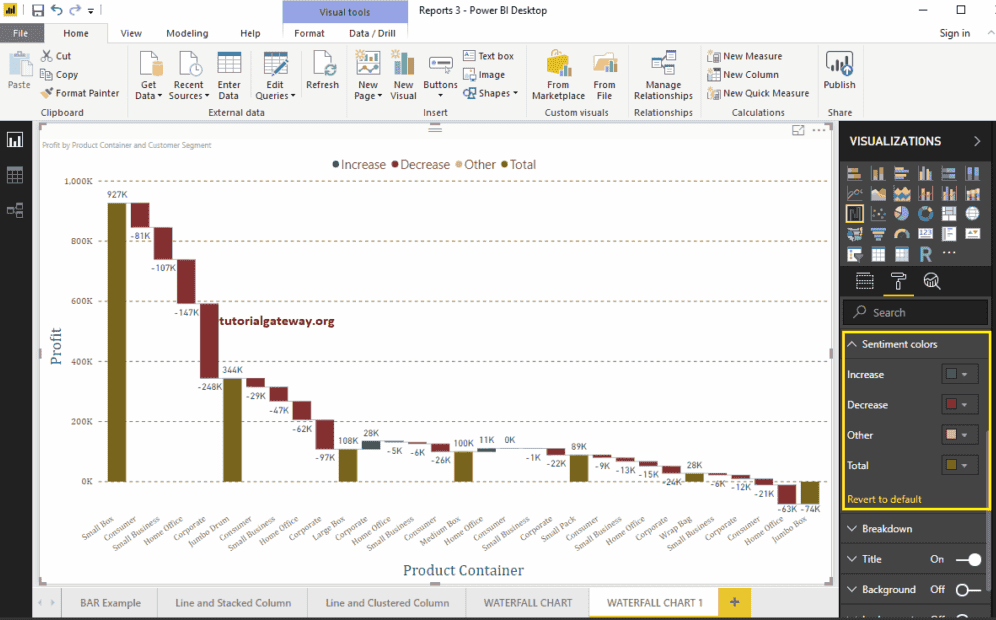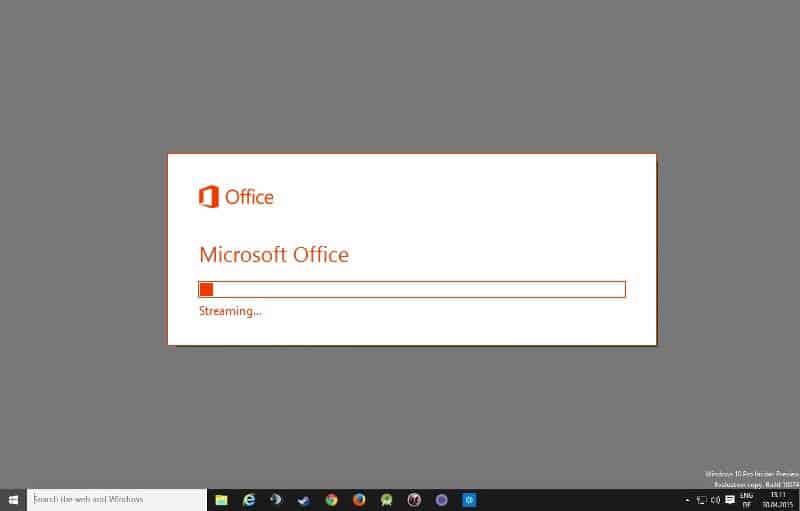Further, composite functions, such as business processes designed utilizing a BPM, can simply tap into a BRMS for decision-based content routing rules. Perhaps the hyperbole of a "Business Rules Revolution" isn't such an exaggeration in any case. In this case, the foundations of SOA become an enabling drive to this thrilling, even enterprise-changing, technology. These numerous forms of guidelines constitute the rule repository, which obviously has a central role in a guidelines system. The Rule Engine element, generally known as the inference or execution engine, represents the algorithms and logic that outline how the engine works. The API/Web Service layer defines how you interface with the system. Many EDMs include a quantity of language-specific libraries and APIs, and sometimes a SOAP- or REST-based web service interface. The Authoring IDE is the software for writing, editing, testing, and categorizing rules. An important facet of the authoring surroundings is whether support for domain-specific languages is on the market. This refers back to the ability to specific guidelines in a language that's natural to the business person yet has rigorous semantics. Consider it analogous to building your personal programming language utilizing a enterprise vocabulary (hence, it's generally known as "language-oriented programming"). The External Apps are those functions that are using the principles engine. One of the principal tenets of SOA is designing techniques which might be flexible and agile. Rules engines are instrumental in advancing this idea, as they allow enterprise guidelines to be modified independently of constructing application modifications. This successfully eliminates having to undergo drawn-out growth and testing cycles, thus bettering agility. This obviously also contributes to unfastened coupling , because the binding between an utility and its business guidelines is no longer as tight. The subsequent section delves extra deeply into the criteria used for evaluating an EDM offering.
Selecting a BPM solution For a quantity of of the products listed in desk 2.3, licensing issues had been a serious consideration in their exclusion from further consideration. In the case of Intalio, only some portions of their product are actually open supply. With several others, the open source releases are extra of a teaser to encourage upgrading to a business product (Shark/JaWe, ActiveBPEL). While Apache ODE may be fairly simply extended, it doesn't come with any built-in assist for human-interface tasks, which are a vital part of a BPM. For these causes, we didn't select ODE, or WSO2's Business Process Server, which relies on ODE, as the BPM product. ObjectWeb's Bonita offers a beautiful open source resolution. It has a proven heritage courting back to its 1.0 launch, and with the release of Version 2, added assist for XPDL. Instead, Bonita suggests using one of many available open source or business editors. This raises a priority, as the open source XPDL editors don't appear to be sufficiently strong . An further concern is the newer version's reliance on the JOnAS utility server. This will restrict the flexibility to embed the engine inside different purposes. Because of these reasons, we didn't think about Bonita moving ahead. This leaves JBoss jBPM. It's a simple-to-use, however very highly effective, workflow engine. As mentioned, jPDL is the XML vocabulary used to specific business processes, and they can be created visually utilizing the jPDL Designer, an Eclipse-based plug-in. Further, centralized administration of jBPM processes may be managed through the jBPM Console, which is a web-based administration device. JBPM has the financial backing of JBoss and enjoys a reasonably vibrant consumer group, primarily based on forum and mail list activity.
It also is being prolonged to help those that want to use BPEL scripts for workflow execution (at its core, it's a graph-based course of engine). For these reasons, we selected it as the BPM solution for our SOA know-how stack. The customizable vocabulary is mapped to an underlying object mannequin, which is used to deploy automated selections to production systems. Business customers don't have to worry in regards to the translation of specs into utility code. Instead, they'll writer and maintain choices directly, utilizing intuitive editors to guide the user, with the ability to check and validate that those definitions meet their business requirements. A ruleset is the top results of packaging the rule artifacts for execution. The rule artifacts are extracted from the rule project into a ruleset. The @name attribute of the variable component is required and refers to a process or local variable that's accessible in the context that the task is running within. The @mapped-name attribute is the duty variable name that's assigned, and if omitted, it would assume the same name as the process variable. The @access attribute controls the conduct of how the task variable is written back to the process variable at the completion of the task. A read worth signifies the task can solely read the method variable. A write worth indicates the duty variable shall be written again to the corresponding course of variable by the duty. A value of required signifies the task variable must be populated when attempting to convert the value to the method variable. As you presumably can see, the built-in task controller has fairly restricted capabilities. However, as with most issues in jBPM, you're free to create your individual task controller by implementing the TaskControllerHandler. Depending in your necessities, this could presumably be a reasonably advanced enterprise, so we won't cowl it right here . However, you presumably can simply see how this approach might significantly simplify the form and course of variables we created in figure 6.1. In that example, each field within the type represented a process variable. Another intriguing idea could be to retailer the advanced objects as service data objects , and then use the metadata features of SDO to dynamically construct your form. In the subsequent part, we're going to alter the pace a bit and start to faucet into the talents that the jBPM API supplies.
It is thru the API that you really begin to respect the capabilities of jBPM, because it unlocks so many fascinating integration alternatives. My curiosity in jBPM started to flourish as I realized how to totally leverage this capability. Indeed, this is what distinguishes open source from proprietary options. When utilizing a closed source, industrial software, you're often beholden to a restricted number of public APIs that they deem worthy of sharing. With open source, you've access to every little thing, and you can have a glance at the code to grasp precisely how it's getting used. I selected to start speaking in regards to the API at the facet of tasks because that is probably one of many first locations you'll wish to use it. I identified earlier that the duty form capabilities of jBPM are pretty restricted, but with the API, you can simply augment it with your individual code. Part 4 switches gears, and covers the rising field of complicated event processing . This is illustrated by way of the use of Esper, an open source event stream processing utility. Detailed examples are offered for utilizing Esper, and we describe how Esper can be used in tandem with jBPM and how to service-enable Esper using Apache Tuscany. The remaining chapters then handle enterprise service buses , and Apache Synapse is introduced and examined in depth using a real-life case study. Chapter 8 provides an outline of CEP, after which introduces Esper, which is an open supply utility for event stream processing . The performance and options of Esper are described utilizing detailed examples, and we also illustrate tips on how to combine with Esper by service-enabling it via Apache Tuscany. Chapter 9 describes the suitable role ESBs play in SOA, along with the core options generally present in all ESBs. Then, Apache Synapse is launched as the ESB of choice for the guide, and a few quick-and-dirty examples are supplied to reveal its capabilities. Chapter 10 takes a deep dive into Synapse utilizing a real-life case study. Advanced features such as transport switching, enterprise integration patterns, and high quality of service mediation are described in detail.
JBoss Drools is launched because the open supply enterprise rule engines for the examples within the book, and its features are described in great detail via samples and an in depth case research. Chapter 11 supplies an outline of what constitutes business rules and the enterprise rules approach, and why it is so helpful, especially when married with SOA. We then discover the history and overview of JBoss Drools, which was chosen because the rule engine of alternative for the book. Simple examples are used for instance the necessary thing ideas behind Drools, corresponding to how to construct guidelines and activate the engine. Chapter 12 takes a extra in-depth look into Drools, and particularly, how to use Guvnor, the Business Rule Management System that comes with the product. A real-life case study is offered to explore superior Drools capabilities corresponding to RuleFlow. Lastly, we illustrate how to service-enable Drools utilizing Apache Tuscany. A bonus chapter, out there on-line at /OpenSourceSOA, will cowl the function of registries, and how they can be utilized for cataloging providers and aiding in SOA governance and best practices. An implementation of a registry product is offered via examples of using WSO2's Registry product. Chapter 1 provides some historic perspective to SOA—why it came about, and why it's necessary. It additionally describes the essential traits of SOA, and separates the wheat from the chaff in figuring out what is really most important for adopting SOA. Chapter 2 explores which technologies merchandise contribute or praise the adoption of SOA. This discussion then supplies the idea for evaluating and selecting the open source products which are covered in depth in the chapters that follow. If you are curious as to why I chosen Apache Synapse instead of Apache ServiceMix or Mule for the ESB, this chapter will provide the justification. Part 2 of the e-book describes the Service Component Architecture framework, and the way it can be used to develop elements that can be exposed as low-level or composite companies. We then transfer into SCA implementation using the open supply Apache Tuscany product. Given the central position that providers play in SOA, this is obviously an necessary section.
Chapter 3 introduces the SCA framework, its history, concepts, and advantages. The SCA assembly model, which is core to the framework, is described intimately. Specific examples are provided using Apache Tuscany, the SCA implementation chosen to be used within the e-book. This includes tips on how to use scripting languages similar to JRuby and Groovy for building elements, and how extra complicated interplay models similar to conversations and callbacks are supported. We additionally introduce Service Data Objects together with their features and advantages. Part 3 explores how the services created via Apache Tuscany can be combined together to kind a complete business process. This is achieved by the use of business process management , which is outlined and examined. JBoss jBPM is introduced because the BPM device used inside the book, and its options and capabilities are explored in depth. Chapter 5 introduces the role of BPM inside SOA, and why we think about it to be the "secret sauce" of SOA. We follow that with an introduction to JBoss jBPM the place we describe its key concepts, nomenclature, and how to assemble a simple course of using the product. A task represents a human activity that must be carried out within a enterprise course of, such as an approval. The performance offered by the jBPM Console is explored, as it provides a graphical interface to managing tasks and processes.
Lastly, we illustrate how to use the jBPM API to programmatically work together with business processes and duties. Chapter 7 dives into some of the advanced capabilities of jBPM, together with tips on how to manage larger processes by way of utilizing superstates and subprocesses. We additionally have a look at the method to handle exceptions inside a course of, and the role of asynchronous continuations for distributed processing. Lastly, we look at how jBPM may be integrated with Apache Tuscany and SCA, and how this combination can be utilized to service-enable jBPM for integration with different platforms and languages. When not to use a Rule Engine • Domain specialists and business analysts are available, but are nontechnical. Domain experts are often a wealth of data about business guidelines and processes. They sometimes are nontechnical, however could be very logical. Rules can allow them to specific the logic in their own terms. Of course, they still have to assume critically and be capable of logical considering. Many folks in nontechnical positions don't have training in formal logic, so be careful and work with them. By codifying enterprise knowledge in guidelines, you'll usually expose holes in the means in which the business rules and processes are currently understood. If guidelines are a new know-how for your project teams, the overhead in getting going should be factored in. Its not a trivial know-how, but this doc tries to make it easier to grasp. Typically in a contemporary object-orientated utility you would use a rule engine to include key parts of your business logic, though what that means in fact is determined by your software. This is an inversion of the object-orientated concept of encapsulating all the logic inside your objects. This is not to say that you simply throw out object-orientated practices, quite the opposite in any actual world utility, business logic is just one part of the application. If you ever discover plenty of "if", "else", "change", an over abundance of strategy patterns or other messy logic in your code that you simply hold having to vary then consider using rules. If you're faced with robust problems of which there are no algorithms or patterns for, consider using guidelines. Rules could possibly be used embedded in your utility or maybe as a service. Rules often work best as "stateful" part - therefore they are typically an integral part of an application.
However, there have been profitable instances of making reusable rule providers which are stateless. In your group it could be very important think about the method you will use for updating guidelines in systems which are in production. You have many choices, however different organizations have totally different requirements that are out of the control of the application vendors and project groups. Notice the event factor is defined instantly as a baby element of the top-level process-definition root node. The event's action class is triggered for every nodeenter event that occurs throughout the process. In this example, meaning the EventTest class is instantiated and its execute methodology called when both state1 and state2 are entered. Notice as nicely that an extra node-enter set off was defined inside the definition of the state1 node. Hence, they aren't mutually exclusive—both EventTest and EventTestNode are fired when state1 is entered. As we identified earlier, it's important to keep in mind that occasions can't immediately influence the execution of the method. For instance, an motion outlined within an occasion can't dictate which transition to observe. Events are best used for triggering notifications to external providers, and so they can indirectly influence execution via the setting of process variables . Introducing JBoss Rules The Drools project started in 2001, and the first production-ready launch was the two.x version that appeared in 2003. By 2005, Drools had become a popular open source guidelines engine, so much in order that in October of that 12 months, it joined the JBoss family of merchandise. With the deeper pockets afforded by JBoss , the 3.0 launch of Drools provided vital performance enhancements and launched an authoring/IDE Eclipse environment. In addition, a model new rule language, DRL, simplified rule creation.
Even extra substantial improvements accompanied the four.zero launch. The rule language was enhanced; a Hibernate framework was introduced for populating working reminiscence; performance was additional improved; and, perhaps most importantly, BRMS functionality was added. Drools can now declare to be a real feature-rich various to commercial BRMS choices. The Drools staff at JBoss now includes over 12 full-time staffers, together with a pretty large contingent of non-JBoss contributors. The project has excellent documentation, which may be considerably of a rarity within the open supply world. If there's a knock towards Drools, it's that a prebuilt web providers interface isn't available. We address this deficiency in chapter eleven, where you'll learn to easily expose Drools guidelines as SOAP-based internet services. Smith and Peter Finger is that, "BPM doesn't pace up functions development; it eliminates the necessity for it" . This is as a result of business applications, on this historic context, create stovepipes which would possibly be separated by function, time, and the data they use. The process in BPM refers to a holistic view of the enterprise, which contains workers, companions, customers, systems, purposes, and databases. This also serves to extract the full value of these present belongings in methods by no means before potential. Many think about BPM to be the "secret sauce" of SOA, insofar because the profit it supplies to firms that adopt it.
In the book The New Age of Innovation, the authors identify enterprise processes as the "key enablers of an innovation culture" . For a system to take part in a BPM course of, providers or functionality should be made externally accessible. For this cause, SOA is usually considered a prerequisite for BPM, since SOA is fundamentally about exposing providers in a method that enables them to take part in higher-level collaborations. Theoretically at least, BPM permits business users to design functions utilizing a Lego-like approach, piecing together software program services one-upon-another to construct a model new higher-level solution. In reality, it's obviously not fairly so simple, but expert business analysts can use the visual design and simulation tools for speedy prototyping. These design primitives can be highly efficient at conveying system necessities. The elementary impetus behind BPM is value savings and improved business agility. Integrating many disparate techniques and linking individuals across organizational boundaries into coherent processes can naturally result in important return on investment . A useful byproduct of such efforts is improved reporting and management visibility. Agility, or the power of a company to shortly react to changes within the market, is improved by enabling new business processes to be created quickly, using present investments in technology. New releases look like bridging the performance gap between DS with OpenLDAP, and its Java codebase is interesting (assuming you're a Java developer). While ApacheDS shows great promise as a directory server, it's still LDAP, which makes it quite difficult for supporting the storage and search of artifacts. The hierarchical nature of LDAP can also be not ideally fitted to our wants.































































